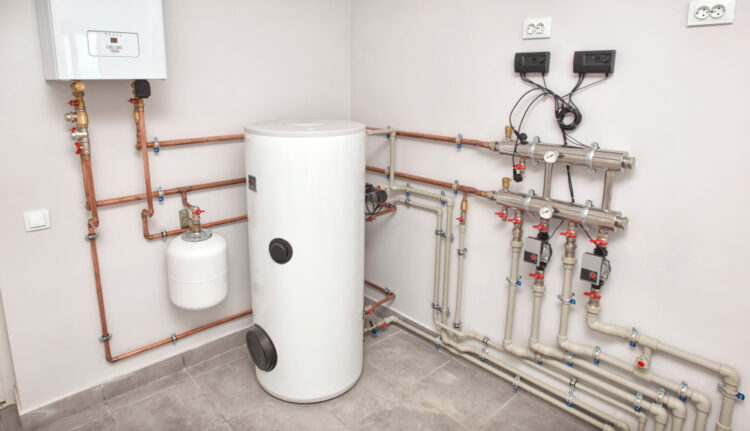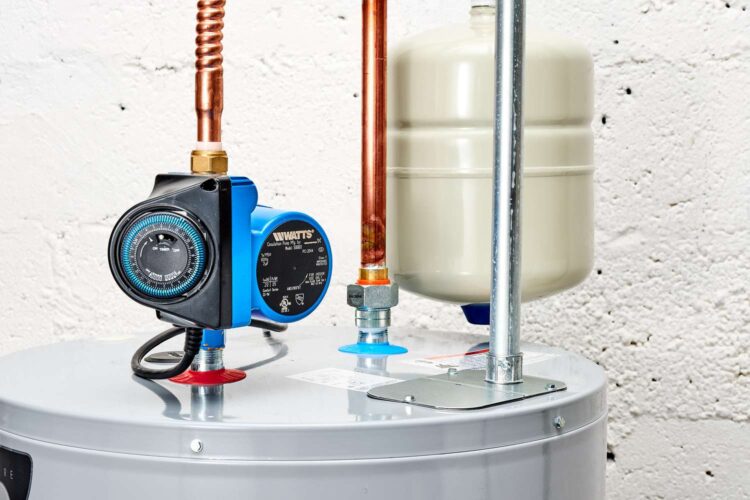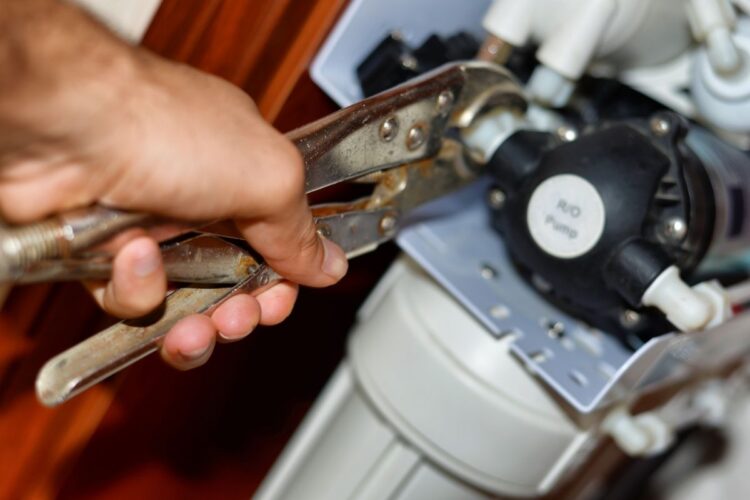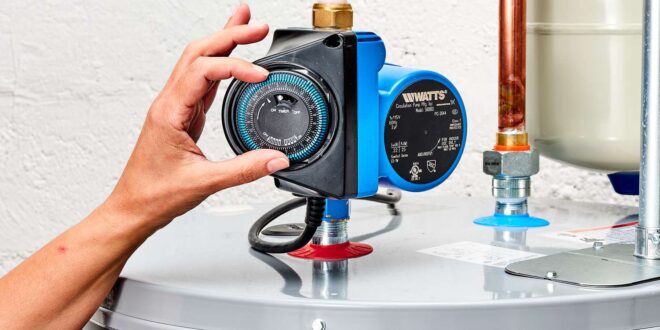Are you tired of waiting for hot water to flow through your faucets? Do you want to save on energy costs while enjoying the convenience of immediate hot water access? A recirculating hot water system might just be the solution you’re looking for!
A recirculating hot water system is a plumbing system that reduces water wastage while providing instant access to hot water throughout your home. The system works by keeping hot water circulating through your pipes, so when you turn on your tap, the hot water is readily available without waiting for it to heat up from scratch.
Benefits of a Recirculating Hot Water System
Aside from convenience, a recirculating hot water system offers several other benefits, including cost savings and improved water quality. By using a pump, a dedicated return line, and a timer or thermostat, the system conserves energy by only running when needed and turning off when not in use. This means you can significantly reduce your energy costs compared to traditional systems that keep tanks full of preheated and unused tap water for hours on end.
Moreover, stagnant tap water can become contaminated over time due to its lack of circulation and bacterial growth from minerals present in the standing liquid. With a continuous hot water system, you can ensure improved water quality as the water constantly moves, reducing the risk of bacteria growth.

Types of Recirculating Hot Water Systems
There are various types of recirculating hot water systems available, each with its unique advantages and disadvantages. The most common type is a tankless system that uses a heat exchanger to provide instant hot water on demand. While this system is more energy-efficient than traditional tank-based models, it may take longer for the hot water to reach its destination due to having no storage capacity.
On the other hand, a point-of-use model supplies instant hot water directly from a single faucet or showerhead in your home without going through any other plumbing fixtures or pipes first. This model is usually installed near the point where you need the hot water most often, such as under the kitchen sink or in the bathroom.

Installation Costs and Considerations
Installing a new product or system can come with various installation costs and considerations, depending on the complexity of the project and whether specialized labor is required. For instance, some projects may require experts such as electricians, plumbers, or HVAC technicians, while others may only need basic labor skills.
It’s important to have a good understanding of what these costs entail to ensure your project is completed within budget and on time. Additional materials needed for the job that were not included in the initial estimate can also affect installation costs.

Maintenance and Troubleshooting Tips
Proper maintenance and troubleshooting are essential to keep your recirculating hot water system in top working condition. Regular cleaning helps keep the device running at optimal performance levels by reducing the risk of overheating or short circuits due to dust buildup.
Updating software regularly is also important to ensure that you have the latest security patches installed that address known vulnerabilities.
In conclusion, a recirculating hot water system offers a convenient and energy-efficient way of providing instant hot water throughout your home. With various types available, it’s essential to understand the advantages and disadvantages of each before deciding which one suits your needs best. Proper installation, maintenance, and troubleshooting can help ensure the system runs efficiently for years to come.
 Hi Boox Popular Magazine 2024
Hi Boox Popular Magazine 2024



